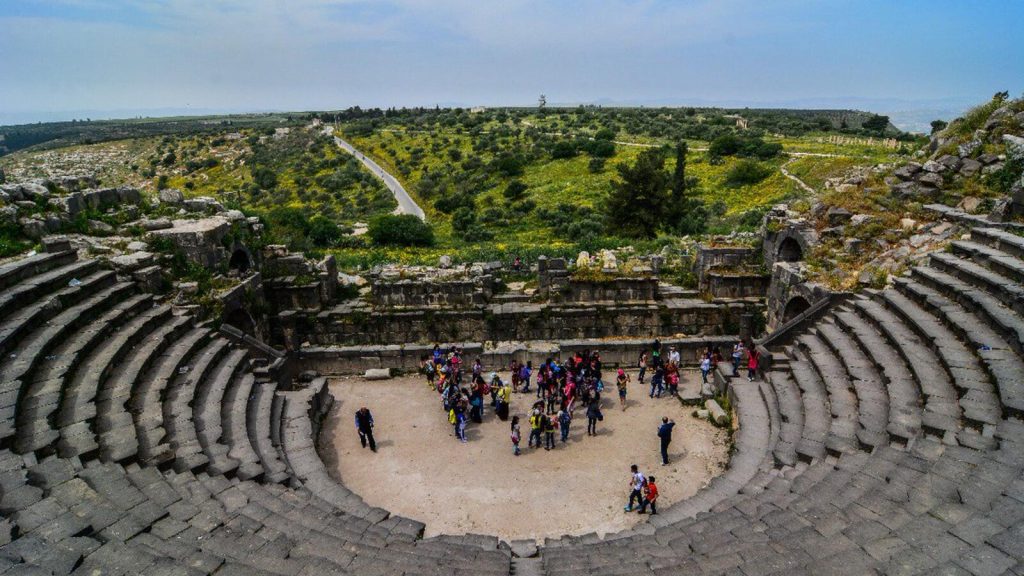Umm Qais, also known as Gadara, is an ancient archaeological site located in the northwestern corner of Jordan, near the borders of Syria and Israel. It was once a thriving Greco-Roman city and is known for its well-preserved ruins, including a theater, colonnaded streets, and other structures. Umm Qais offers a glimpse into the history and architecture of the ancient world and provides stunning panoramic views of the surrounding countryside, including the Sea of Galilee and the Golan Heights. It’s a popular tourist destination for those interested in history and archaeology.
History of Umm Qais

Also known as Gadara, is rich and spans over several millennia:
- *Ancient Settlement:* Gadara was established by the Greeks in the 4th century BC as one of the cities of the Decapolis, a group of ten Hellenistic cities in the region. It was strategically located on a ridge overlooking the Jordan Valley.
- *Roman Period:* During the Roman era, Gadara flourished as a regional center. It was known for its impressive architecture, including a well-preserved theater that could accommodate around 3,000 spectators, and a temple dedicated to Zeus.
- *Byzantine Era:* In the 4th century AD, Christianity became prominent in Gadara. Several churches were built during this period. The city remained an important Byzantine city until the 7th century.
- *Islamic Period:* After the Islamic conquest of the region in the 7th century, Gadara’s importance declined. It was renamed Umm Qais, and the population shifted to nearby towns.
- *Ottoman Period:* Umm Qais was under Ottoman rule for centuries, and some Ottoman-era structures can still be found in the area.
- *Modern Times:* In the 19th and early 20th centuries, Umm Qais became a focus of archaeological interest. Excavations uncovered many of its ancient remains, contributing to our understanding of its history.

Today, Umm Qais is a popular archaeological site and tourist destination, offering a glimpse into its rich history and stunning views of the surrounding landscapes, including the Sea of Galilee and the Golan Heights. Its historical significance and well-preserved ruins make it an essential stop for history enthusiasts visiting Jordan.
